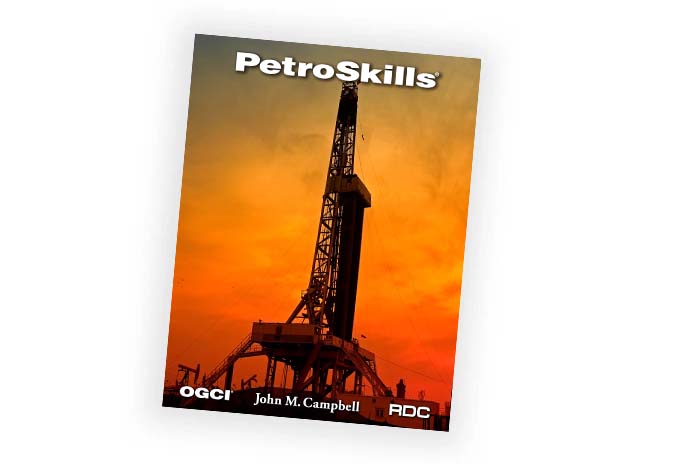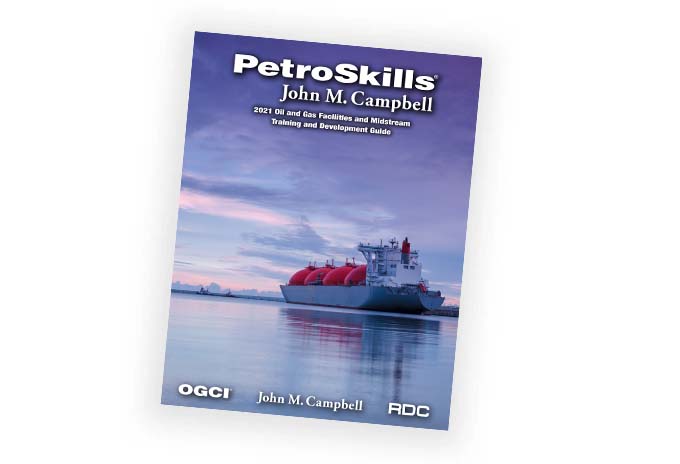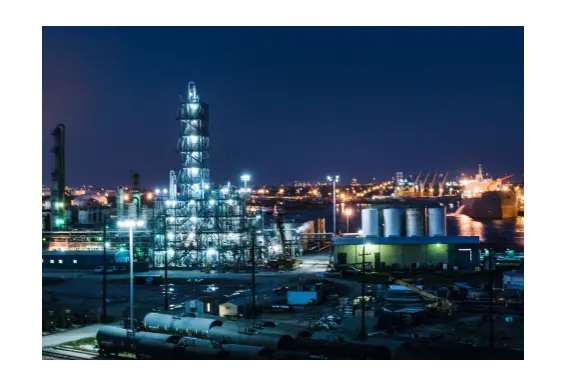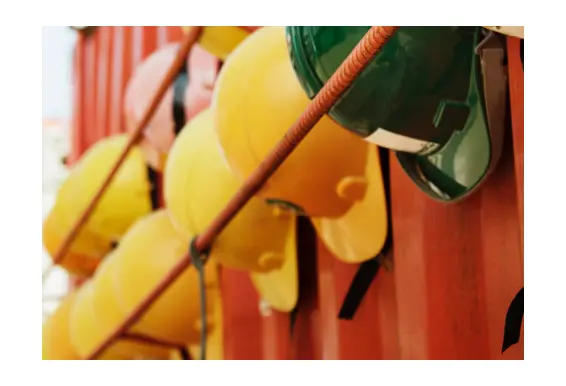Advanced Seismic Stratigraphy: A Sequence-Wavelet Analysis Exploration-Exploitation Workshop - ADS
About the Course
Seismic stratigraphy is a powerful tool for exploration and exploitation, especially when the rock-fluid information within the seismic wavelet (reflection character analysis) is integrated with the lithofacies-stratigraphic information, which is determined from reflection group geometry (sequence analysis). The methods used in this workshop do not rely upon either cosmetic processing or interpretation as an art; instead, practical methods of seismic stratigraphy are employed as a science, based upon firm, tested principles that are applied to a spectrum of tectonic structural styles and depositional environments.
This rigorous, five-day course is a problem-oriented, hands-on workshop including significant group discussion and presentation. Participants learn how to make seismic modeling-interpretation judgments as a basis for seismic-facies and reflection character analysis. Case studies for exploration and development incorporate 2D and 3D seismic data with well data selected from around the world.
"I was happy with the pace of the course." - Senior Staff Geophysicist, United States
"Vivid explanations and examples of instructor." - Exploration Professional, Germany
Target Audience
Geophysicists, geologists, and explorationists who have completed the PetroSkills course, Introduction to Seismic Stratigraphy: An Exploration Workshop: A Basin Scale Regional Workshop, or have comparable training and desire a challenging workshop, which will improve exploration and development skills.You Will Learn
Participants will learn how to:
- Evaluate rock-fluid information from wavelet analysis (frequency, velocity, Q. seismic attributes, and AVO)
- Understand the strengths and weaknesses of geovalidation using and misusing synthetics, seismic inversion, and VSP
- Determine fault mechanical stratigraphy through proper interpretation of fault imaging
- Understand the differences, weaknesses, and strengths of both the Vail with the Galloway sequence paradigms and when to optimally employ them
- Develop sea level curves from micropaleontology
- Construct detailed seismic facies maps and understand their relationship to Walter's law
- Classify deltas based upon their seismic characteristics
- Differentiate basin floor fan facies and parasequence sets
- Interpret clastic and carbonate depositional system responses to allocyclic and autocyclic processes and the effects upon reservoir architecture and seal potential
- Optimally interpret parasequence set fairways for exploration
- Geophysically characterize reservoirs for optimizing development
Course Content
- Introduction: review of philosophy and epistemology
- Application of geophysical fundamentals (wave theory, attributes, frequency substitution, and coherency)
- Amplitude variation with offset (lithologies, fluids, gases, porosities, and pressures)
- Fault mechanical stratigraphy
- Vail and Galloway sequence theory and application
- High resolution sea level curve generation from micropaleo
- Shallow and deep water siliciclastic sequences
- Seismic facies and paleo-environmental analysis
- Reservoir scale geophysics using the wavelet
- Imaging hydrocarbons
- Geohistory reconstruction
- Optimizing exploration and development
Product Details
Categories:
UpstreamDisciplines:
GeophysicsLevels:
SpecializedProduct Type:
CourseFormats Available:
In-ClassroomInstructors:
Additional
Request a Public Session
If you are interested in a public session of this course, please click the button below to request it.
Request Public SessionIn-House Training
This course is also available upon request as a private, on-site seminar. Contact us for details and pricing.
Request In-House TrainingNeed Help
Contact us if you have additional questions about how to register for or attend this course.
Contact Us



